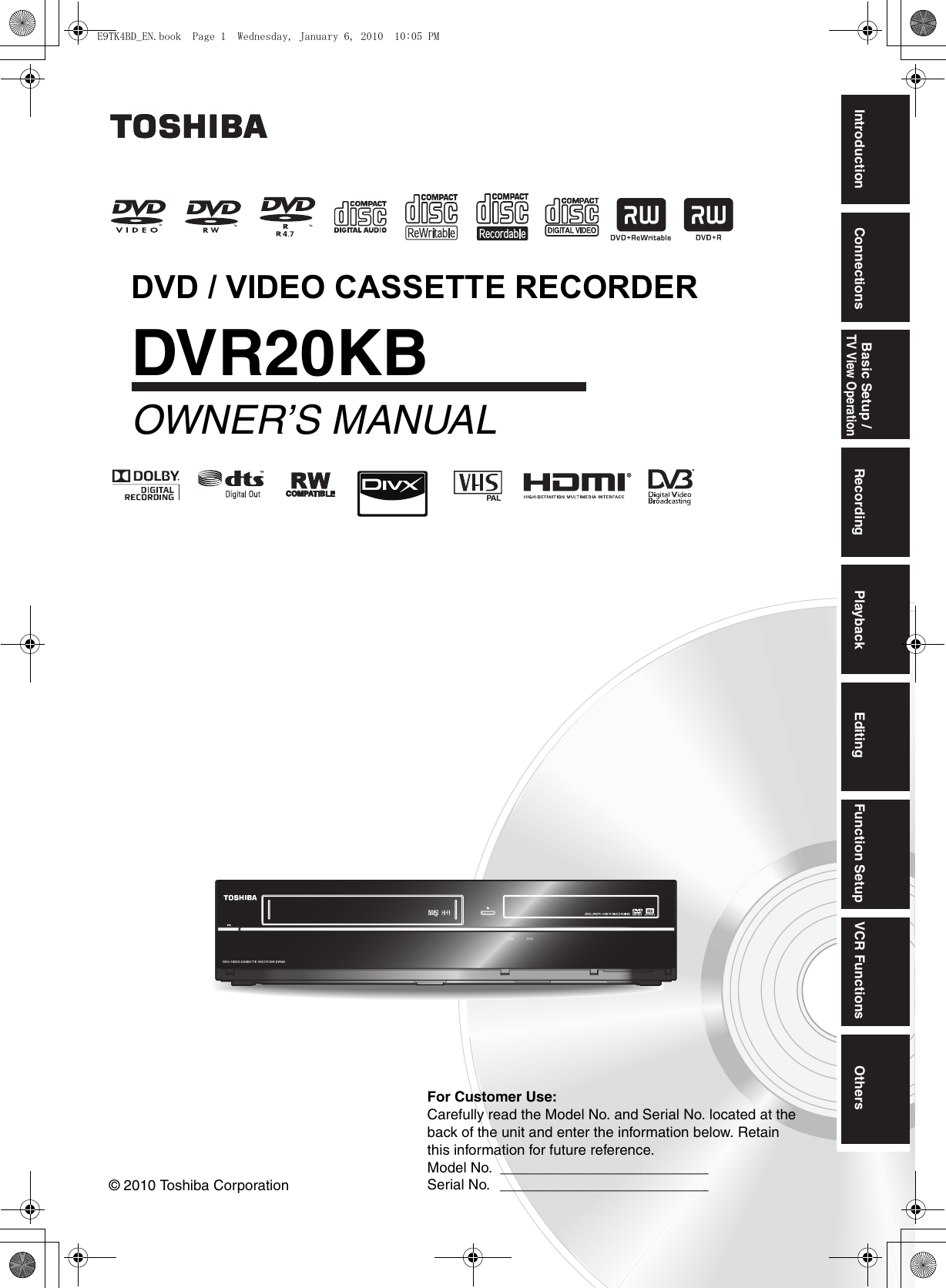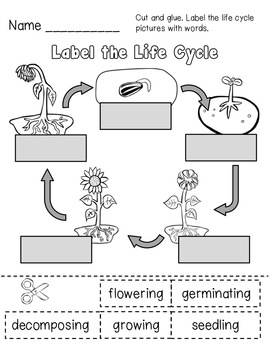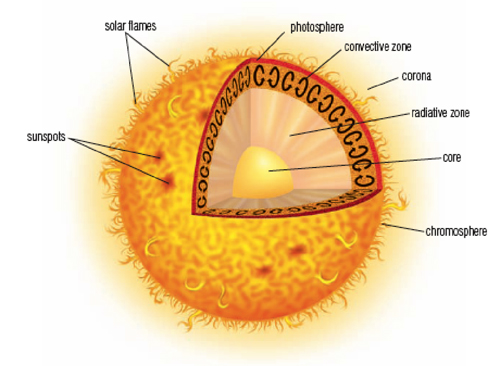39 label the parts of the sun
Parts of the Sun Nomenclature from Montessori for Everyone 6 picture cards for parts of the Sun; 6 labels for parts of the Sun; 6 picture/label cards (control cards) for parts of Sun; Definitions for each part of the Sun; Instructions for making this material; Parts are: Sun, chromosphere, photosphere, convective zone, radiative zone, and core. Size: Nomenclature cards are approximately 3 x 4 in. with ... Layers of the Sun - Science Facts From the Earth, the sun looks rather small. In reality, the diameter of the sun is around 860,000 miles. The Earth can fit around the sun 109 times. It is the closest star to the earth with a distance of 93 million miles. The sun is made of several complex layers, each with its own unique job that ultimately produces energy.
Layers Of The Sun Labeling Teaching Resources | Teachers Pay Teachers This resource contains 2 worksheets for students to label the common/major parts of the sun and complete a chart defining of each part. Answer key included. Resource comes in both PDF and Microsoft Word formats.This resource can be used as an introduction to new material or a study guide for a quiz.

Label the parts of the sun
Anatomy of the Sun Diagram | Quizlet It is the visible surface of the Sun. It appears relatively smooth except for occasional sunspots; an increase in the number, size, and complexity of these sunspots suggests unrest beneath this layer. Chromosphere It is a reddish gaseous layer immediately above the photosphere of the sun or another star. Layers of the Sun | NASA Oct 10, 2012 · Layers of the Sun. This graphic shows a model of the layers of the Sun, with approximate mileage ranges for each layer: for the inner layers, the mileage is from the sun's core; for the outer layers, the mileage is from the sun's surface. The inner layers are the Core, Radiative Zone and Convection Zone. The outer layers are the Photosphere, the Chromosphere, the Transition Region and the Corona. Layers of the Sun | Parts of the Sun | DK Find Out The structure of the sun is made up of four layers. At the very center is the dense, hot core. Around the core lie two layers: a thick layer called the radiative zone and a thinner, cooler layer called the convective zone. Surrounding all of them is the sun's surface layer, known as the photosphere.
Label the parts of the sun. Science worksheets: Label parts of the Sun Description Science worksheet: Label parts of the Sun Students have to label parts of the Sun by looking at the numbers and where the arrow points (Core, Corona, Radiation Zone, Convection Zone,Photospere,Chromosphere) Answer Key included on 2nd page. Anatomy of the Sun | NASA Jan 23, 2013 · The Chromosphere - This relatively thin layer of the Sun is sculpted by magnetic field lines that restrain the electrically charged solar plasma. Occasionally larger plasma features, called prominences, form and extend far into the very tenuous and hot corona, sometimes ejecting material away from the Sun. Regions and Features of the Sun | Center for Science Education Regions and Features of the Sun. The main regions of the Sun include its interior, surface (photosphere), and atmosphere. Planets such as Earth have regions with specific traits - places like continents, oceans, and polar ice caps. The Sun also has regions, but of a very different nature. Many temporary features and phenomena, somewhat akin to ... The sun's atmosphere: Photosphere, chromosphere and corona The sun's photosphere is about 300 miles (500 kilometers) thick, which is relatively thin when compared with the 435,000 miles (700,000 km) radius of the sun. ... Space is part of Future US Inc ...
PDF Parts of the Sun - Montana From the center out, the layers of the sun are as follows: the solar interior which is composed of the core, the radiative zone and the convective zone. The visible surface is made up of the photosphere and the chromosphere. The outermost layer is called the corona. In this lesson, students will learn about the sun, our closest star. Guidelines 1. PDF Label The Parts Of The Sun 'parts of the sun nomenclature from montessori for everyone april 20th, 2018 - these exciting cards are perfect for your cultural area this pdf file includes 6 picture cards for parts of the sun 6 labels for parts of the sun 6 picture label cards control cards for parts of sun''lesson summary teaching time materials lasp cu boulder april 25th, … Layers of the Sun - Facts About the Structure and Parts of the Sun The Sun is composed of several layers or regions. There are some regions in the Sun which can be seen from the Earth and those visible regions of the Sun are part of its atmosphere. Being a ball of hot burning gases, the Sun is composed of several parts: the corona, chromosphere, photosphere, core, Sunspots and prominences. NASA - Layers of the Sun 03.21.07. This artist concept shows the layers of the sun. Image credit: NASA. + View large image (with labels)
Parts of the SUN and definitions Diagram - Quizlet Start studying Parts of the SUN and definitions. Learn vocabulary, terms, and more with flashcards, games, and other study tools. What are the Parts of the Sun? - Universe Today Sep 13, 2016 · What are the Parts of the Sun? Composition:. If you could take the Sun apart, and stack up its various elements, you would find that the Sun is made of... Structure:. Although the Sun is mostly just a ball of hydrogen and helium, it’s actually broken up into distinct layers. Diagram:. Below is a ... The Sun - Imagine the Universe! The Sun contains about 92% hydrogen and 8% helium, with just a tiny bit of the other common elements we find on Earth. Compare that to Earth, where the most common elements are oxygen, magnesium, silicon, and iron. On Earth, hydrogen barely makes the top 10 list of common elements, and helium is extremely rare. Labelling the Parts of the Sun (2) (Autosaved).docx - Course Hero Labelling the Sun For the exercise below, identify each of the parts of the Sun and what they do (for example, what it is or what happens there).Some are regions (for example, #1), and some are particular items you'd see on the Sun (for example, #9).Your answers to the "What it is, or what it does" should be clear and in complete sentences
DOC LCPS Label the parts of the Sun. 1. Core: This is where all the sun's heat and light is made. 2. Radiative Zone: The heat and light move from the core into this layer. 3. Convection Zone: In this layer, the gases move like boiling water. 4. Photosphere: This is the part of the sun we see. 5. Chromosphere: This layer shoots out hot gases. 6.
Labelling the Sun For the exercise below, identify each of the parts of ... The deepest later of the sun. it reaches from the surface visible at the center of the solar disk. Most of the photosphere is covered by granulation. The visible surface of the sun, where the temperature averages just under 6000k 5 Chromosphere The layer of the sun's atmosphere below the corona; most of the sun's ultraviolet light is emitted from this region, in which the temp. is about ...
Layers of the Sun - The Sun Today with Dr. C. Alex Young The Sun, as shown by the illustration to the left, can be divided into six layers. From the center out, the layers of the Sun are as follows: the solar interior composed of the core (which occupies the innermost quarter or so of the Sun's radius),; the radiative zone, ; and the convective zone,; then there is the visible surface known as the photosphere,
PDF The Structure of the Sun - European Space Agency The different layers of the Sun The Sun, like other stars, is a huge spherical object made of hydrogen and helium. Its diameter reaches 1.400.000 km, or 109 times the Earth's diameter; but is 4 times less dense than the Earth due to its composition. The Sun is not only made of the glowing gas that we see with a telescope. It has, exactly
Layers of the Sun Facts, Worksheets & The Sun For Kids The Sun is the largest object in our solar system. It is composed of seven layers: three inner layers and four outer layers. The inner layers are the core, the radiative zone and the convection zone, while the outer layers are the photosphere, the chromosphere, the transition region and the corona.
PDF The Sun Worksheet - Northland Preparatory Academy a. the layer of the sun's atmosphere that gives off visible light b. the layer of the sun's atmosphere that has a reddish glow c. the layer of the sun's atmosphere that looks like a halo during an eclipse d. areas of gas on the sun's surface that are cooler than the gases around them e. reddish loops of gas that link parts of sunspot ...
Solved Label the parts of the Milky Way Galaxy. top-down - Chegg Experts are tested by Chegg as specialists in their subject area. We review their content and use your feedback to keep the quality high. 100% (7 ratings) Transcribed image text: Label the parts of the Milky Way Galaxy. top-down view of the Sun B) halo bulge side view of the disk the Magellanic Stream Side View Top Down View.
Label Solar System Diagram Printout - EnchantedLearning.com Read the definitions, then label the diagram below. Sun - The Sun is a star at the center of our Solar System. Venus - Venus is the second planet from the Sun. It is the hottest planet. Earth - Earth is the third planet from the Sun and the planet we live on. Jupiter - Jupiter is the fifth planet from the Sun. This gas giant is the largest planet.
"Parts" of the Sun | Center for Science Education There are three main parts to the Sun's interior: the core, the radiative zone, and the convective zone. The core is at the center. It the hottest region, where the nuclear fusion reactions that power the Sun occur. Moving outward, next comes the radiative (or radiation) zone.


![Actaea simplex (Atropurpurea Group) 'Brunette' [AGM] syn. Cimicifuga ...](https://cdn.shopify.com/s/files/1/1134/4432/products/image_58533e1e-f231-4d58-93ee-a842fcee0390.jpg?v=1568745671)



Post a Comment for "39 label the parts of the sun"